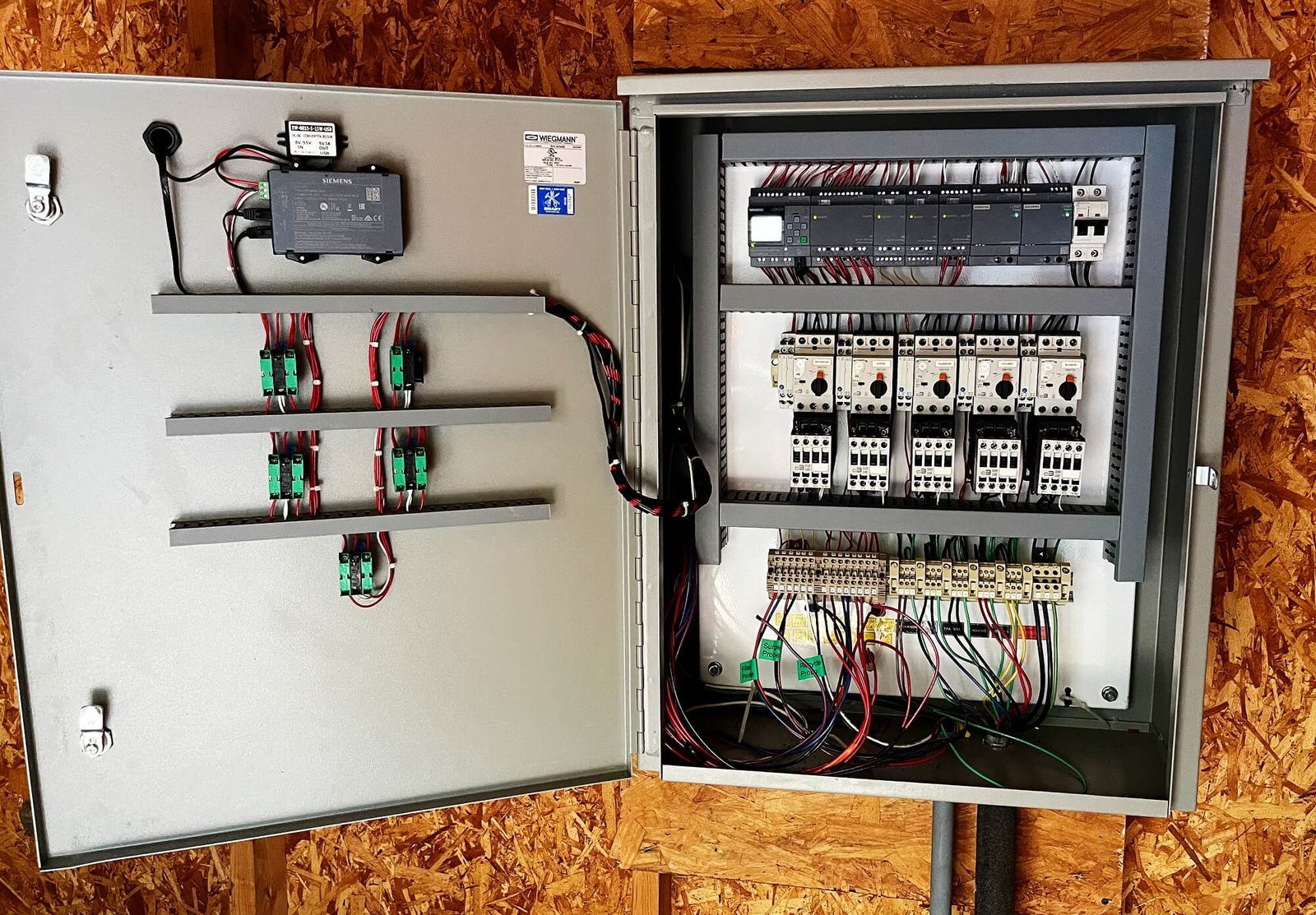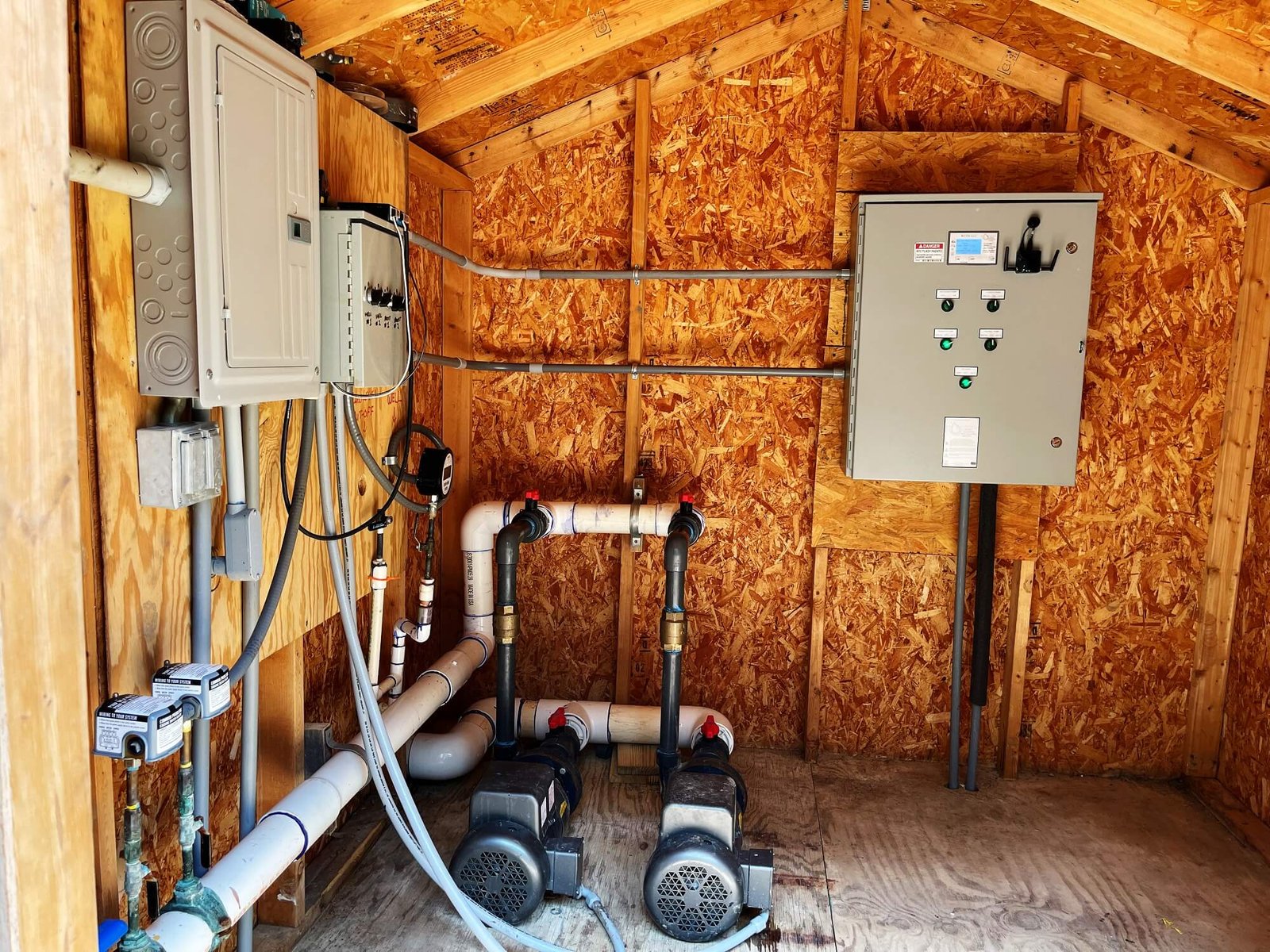E015 Emerald Estates

WETS
Emerald Estates
The Emerald Estates project was a project for a private residential system that serves more than 18 residents within the community. It was unique project for several reasons; an undertaking where WETS faced numerous challenges in developing an efficient and effective water treatment solution, and the delivered product successfully provided drinking water free of any contaminants. Emerald was the first project where WETS tested its propriety WAFU technology, which combines a gravity filtration system with aeration in water treatment, to address numerous contaminants such as Iron, Manganese, Hydrogen Sulfide, and Radionuclides as well as color issues. While most water treatment projects that WETS works on have relatively high flow rates, the flow rate for Emerald was quite low, with both wells producing a combined flow of only 24 GPM.
To obtain a thorough analysis of the contaminants present in the well water, WETS, a full-service water treatment company, began by performing a one-day pilot study and obtained samples of raw water and treated water for laboratory testing. The pilot study unit consisted of a small-scale version of the aeration and filtration unit, with metering pumps and chlorine pre-treatment. In the pilot study, WETS effectively reduced the contaminant level to well below the TCEQ’s maximum contaminant limit (MCL) for the targeted contaminants. Shortly after, a water treatment solution proposal was carefully developed which proposed the commissioning of a full-scale water treatment plant that included a 3 ft diameter fiberglass resin WAFU structure with 16 ft of height, a 3 ft x 6 ft tall intermediate surge tank and a 6 ft by 10 ft tall holding tank. The WAFU unit consists of an aeration chamber in the upper portion and a filtration chamber in the lower portion. The surge and holding tanks were designed as a part of the backwash process to transfer and collect wastewater containing solids.
Once the calculations were reviewed and approved by our certified professional engineers, the proposal was submitted and approved. As a leading water treatment equipment supplier, the tasks to both design and fabricate these vessels were next undertaken. After the vessels shells were received from our fiberglass vendor, the water processing equipment was carefully assembled – according to the designs drafted by our design engineers – at the WETS facility. The water treatment system along with its piping work were assembled at the facility for inspection purposes. Thereafter, the vessels were transported to the site and field personnel worked tirelessly to complete and fully commission the water treatment plant. A few weeks later, the plant was put into operation and was tested to ensure the water treatment process was efficiently removing contaminants from the well water.
The processing is as follows. 24 GPM of flow circulates from the well pump directly into the aeration chamber of the WAFU unit. In the aeration chamber, the well water enters through spray nozzles meticulously selected by our design engineers. The spray nozzles convert the flow of water into tiny particles that dissipate over the packing which allows for sufficient mass transfer by increasing the surface area of contact between air and water. Atmospheric air is introduced into the aeration chamber through a forced draft blower located on the side of the WAFU unit. By introducing atmospheric air to the well water, volatile gases are removed and dissolved Iron and Manganese minerals are oxidized to form insoluble particulates. From there, the water enters the filtration section and flows through the filter media. The filter media in the gravity filtration system consists of Greensand Plus, crushed anthracite coal, and gravel. Greensand media is activated when the well water has been pre-treated with chlorine. Finally, the water seeps through the filter media, leaving behind oxidized Iron and Manganese particulates as well as any other particles and exits the WAFU unit. Transfer pumps direct the treated water into the GST and a chlorine post-treatment line allows for bleach injection prior to water being stored into the GST.
As with any cleaning objects, maintenance must be performed. A backwash procedure is required once the pressure drop in the WAFU unit reaches about 5 psi to clean out the filter bed of the trapped particulates. A backwash procedure is normally performed after about a week of operation. During the backwash procedure, clean water flows at a high rate through the underdrain located below the filter media with the help of a backwash pump. The water flows back up through the filter media and expands the media by about 50%. This process removes disposable solids from the filter bed and the water and sludge are collected in the backwash trough located above the filter media. From the backwash trough, the stream is channeled to the intermediate surge tank. The surge pumps transfer the material into the holding tank where the solids settle, and the sampling valves located at different levels monitor the collection of solids.
To fully automate the entire water treatment solution process and minimize operator interaction, a control panel utilizing Siemens components was developed. The control panel effectively controls the entire operation of the water plant according to the level probes set in the WAFU unit, surge tank, and holding tank. When the water level in the WAFU unit reaches 24 inches, the transfer pump automatically starts and transfers water to the GST. If the water level reaches 12 inches, the transfer pump will instantaneously stop transferring any more water from the WAFU unit to protect the pump. Should the water level ever reach the 36-inch set point, the blower and the well pump will immediately stop to protect the blower and the operator will be notified. A similar process is set for the surge and holding tanks. The surge and holding tank pumps will cease operation at 12 and 24 inches, respectively. The pumps will start back up at 36 and 48 inches. A high-level alarm will be active when the surge and holding tanks reach 48 inches and 72 inches, respectively.
After the proposed water plant had been commissioned and placed into full operation, the final step was to interface with the TCEQ and provide them with a 30-day pilot study analysis. A final comprehensive report was presented to the TCEQ with the results of the 30-day pilot study. The report indicated that the water treatment process was efficient at removing the impurities from well water. A full approval was obtained from TCEQ which led to overall client satisfaction. At WETS, there is a commitment that client satisfaction and quality service is the top priority while complying with TCEQ’s guidelines on water treatment processes.
Client : Emerald Estates – Huntsville, TX
Year : 2021
Category : WAFU® Unit
Testimonial
This is being written to let you know the aeration/filtration system that WETS LLC installed for Emerald Estates POA’s water system is performing and meeting all expectations as expected. Our water quality has improved 100%. The hydrogen sulfide smell has gone away. Radionuclides and other impurities have gone well below TCEQ’s maximum level to near zero. Our chlorine use is about 25% of the amount used before the new system was installed. Also, the system was professionally installed. Please feel free to refer any potential customers you may have to contact me directly or come tour our system, should they wishto view the system in place.
Wayne Williams
Vice President, EEPOA




